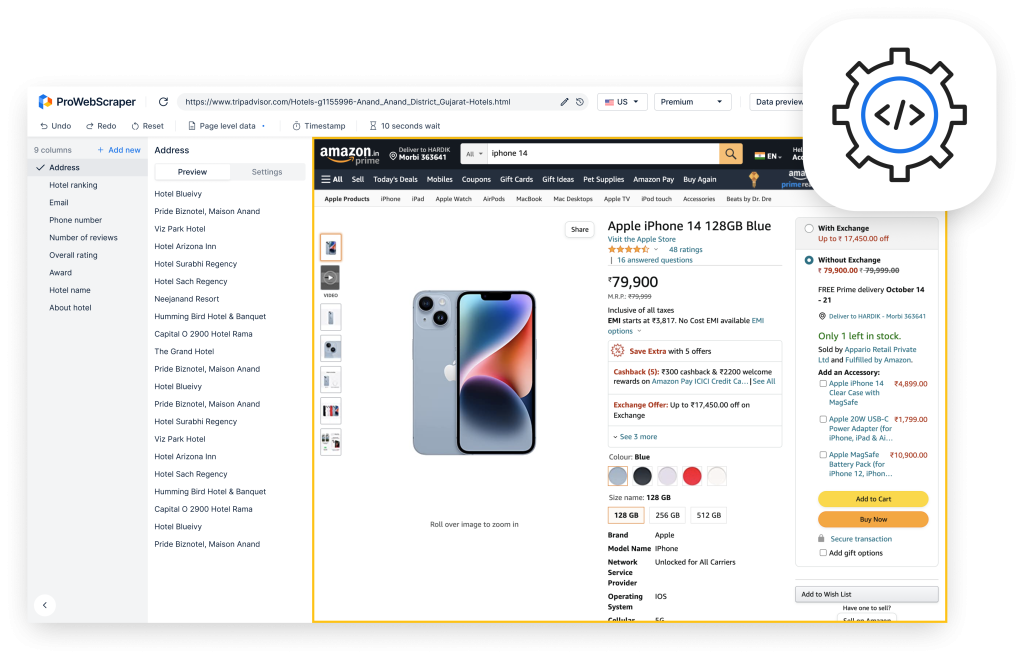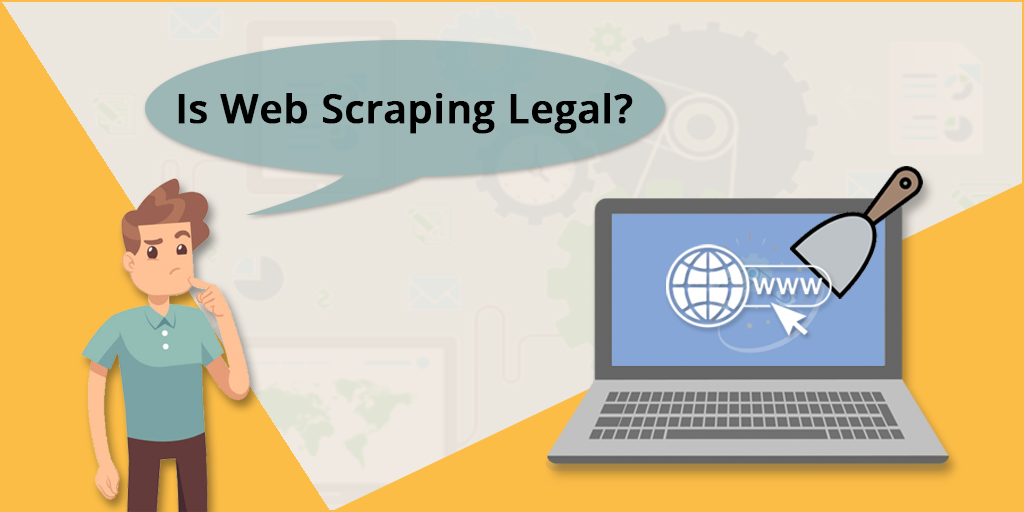
eCommerce is unstoppable. eCommerce revenue is anticipated to top $1 trillion in 2022. That’s equivalent to the Gross Domestic Product of some countries – and not small ones, either.
This demand has created a whole new industry around the eCommerce industry. There’s a rich ecosystem of price comparison apps and drop-shipping services like Fulfilled By Amazon (FBA) businesses.
Updating and maintaining digital businesses by hand simply isn’t practical. It’s probably not even possible. You need to know the going rate of products and services if you hope to offer competitive pricing and keep your customers.
This means one thing – web scraping for prices.
Price scraping is an incredibly powerful tool once you learn how to use it. Keep reading to learn all you need to know about price scraping and how it can help you build and grow your digital business!
What Is Price Scraping?
Price scraping is like the board game Othello. It takes a minute to learn but could take several lifetimes to master.
Anyone with any interest or exposure to digital business in the 21st-Century is likely to have heard of web scraping. If not, simply put it’s “a term for various methods for collecting information from across the internet.”
If you’ve ever attempted web scraping, however, you know the reality’s a much different story. It gets even more involved when it comes to scraped data for prices. Businesses tend to lock that data down, as it’s a product in its own right.
It also empowers their competition, which no one wants to do.
What Is Price Scraping Used For?
As per our previous example, monitoring your competition’s prices in real-time is the most common usage for price scraping. Digital businesses need to be far more competitive than any other industry as your competition is just a click away.
That’s just the start, though.
Using a scraper tool opens up a whole new world of data-driven possibilities. Gathering prices is only the beginning. It also opens up a universe of granular insights which can take a ton of guesswork out of your business model.
Using extracted data over a span of time lets you create a rich portrait full of actionable insights. Perhaps you might notice your competition drops their prices every Saturday at noon, for example.
This can be particularly useful for those who are new at business and want to try things out and experiment.
These patterns can even offer hints at your competitor’s business strategies. For instance, say you notice an eCommerce store slashes their prices significantly every January 1.
In the world of retail, the post-holiday blues is a well-known phenomenon. Not every business owner knows this, though. Price scraping tools let you learn from all of the most successful businesses on Earth.
How to Scrape Data From Your Competition’s Websites
So now that we’ve looked at some of the benefits of using price scraping software, let’s finish up by showing you how you can gather high quality pricing data for yourself!
1. Identify Your Competition
The first step in learning how to gather extracted data for pricing requires realizing where that data’s coming from.
Deciding on your competition is mostly up to you. As a baseline, just turning to a search engine and looking up your particular niche is a perfectly fine place to start. You can get a lot more specific if you feel like it, though.
Maybe you offer a physical product or service. You might decide you want to focus on your local community, instead. These insights can help you refine where you’re getting competitive price data from.
2. Identify Your Competitive Assortment
You’ll notice we recommend creating a list of competitors. This allows you to create a competitive assortment, giving you an overview of your industry instead of relying on one business.
Creating a competitive assortment will also help you get a clear picture of your particular industry instead of just one store. Some businesses might slash their prices simply because they end up with a surplus stock.
Analyzing a number of competitors pricing from a competitor web page will help you avoid these missteps.
3. Determine The Frequency
Next, you need to determine how often your price scrapers gathers price data. Some industries require scraper bots in real time, for instance. Airline tickets are a famous example of a tool that requires price monitoring.
Other niches don’t need to be updated quite as often, on the other hand. Retail sites can probably get by on extracting pricing information every 24 hours, for example.
4. Scrape Prices
This is the easy part, particularly when you’re using a tool for scraping competitive price data. At that stage, all you have to do is run the scraping tools and let the price scraping software do its work!
5. Analyze Price
After you’ve been collecting price data for a while, you’ll be able to assess that data for patterns that can further inform your pricing strategy.
Once this is all set up, your price scraping tool becomes part of your overall sales and marketing strategy. You can use this data to create measurable, actionable, and repeatable strategies, further empowering you to try things out and experiment.
The world becomes increasingly data-driven with each passing year. There’s no putting that genie back in the bottle. Luckily, this also means there are powerful, useful tools that don’t require a computer science degree.
Looking for Web Scraping Services?
Web scraping improves absolutely every business that’s on the internet. Whether you’re looking to extract pricing data from a retailer’s website or get a sneak peak at your competition’s content strategy, a web scraping tool makes it easy and painless to do so.
If you’re ready to take your business to the next level with data-driven insights, sign up for a free account and get 100 page scrapes for free!





